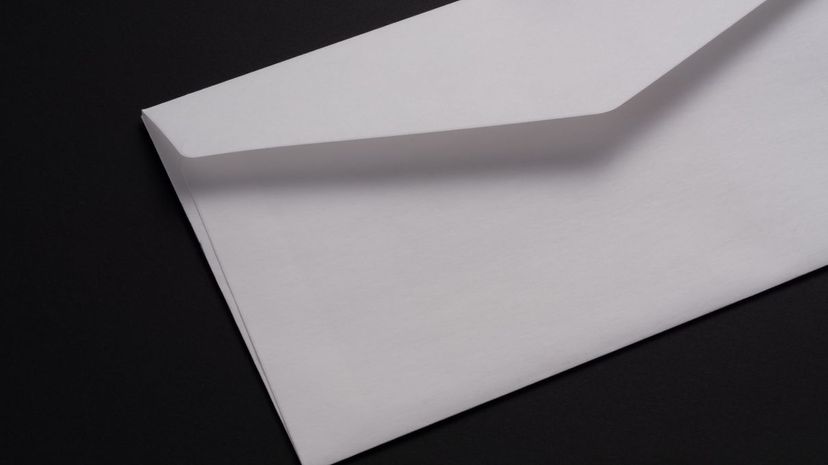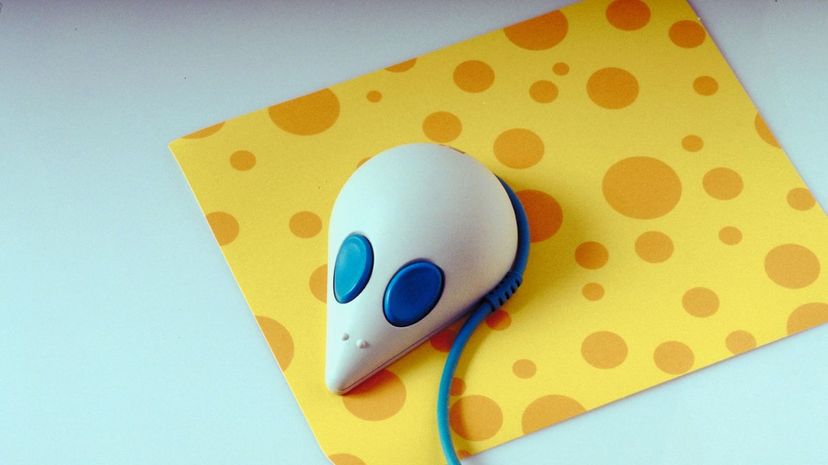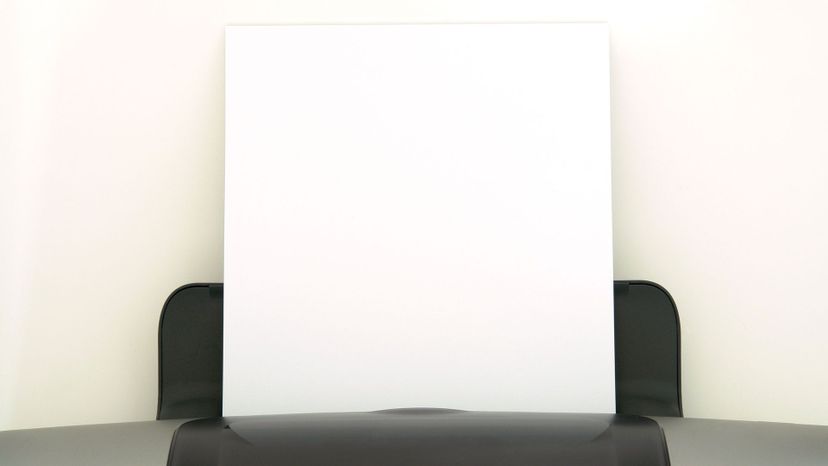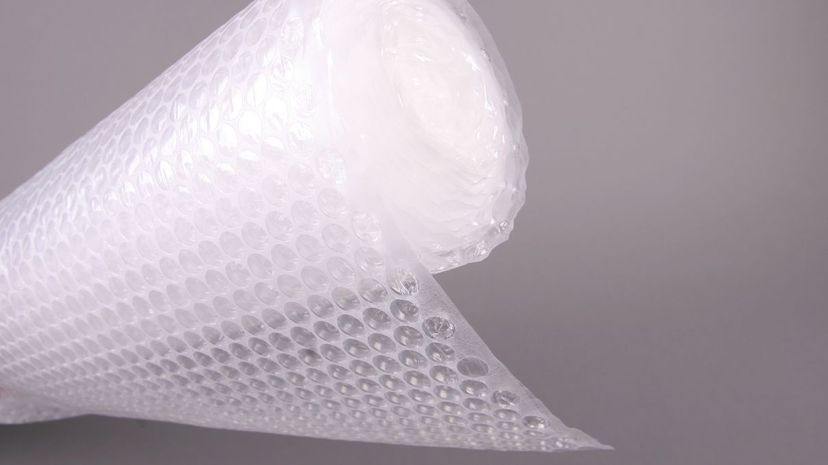
About This Quiz
Are you an expert in identifying office supplies? Let's try it with this quiz!
But first, let's be clear about our definitions. When we say office supplies, we will include many consumable items in this quiz. Consumables include materials used often and their supplies run out within a week or even a day. They're the ones that the administrative department replenishes regularly.Â
These consumables also have various categories. Most of them are paper products, though. Yes, no matter how hard we try to go paperless, certain offices find it impossible to do so. Certain official requirements really need paper.
Aside from paper products, many consumables are writing supplies, too. Even if an office is well-equipped with computers and digital devices, "analog writing" still saves the day in certain cases. Technically, small office appliances or equipment also count as office supplies. But for this quiz, we'll leave out this stuff and include universally known small devices only.
People who plan to set up a home office can enjoy knowing the different categories. A Staples expert recommends making a checklist to help people monitor their office supplies needs. Their recommended categories include desk supplies, filing supplies, paper products, computer-related supplies, time tracking materials, mailing supplies, binding needs and identification supplies. You'll find many examples of these materials in the quiz.
So, are you ready to clock in? Let's get to it, then. Happy working!

No matter what business they're involved in, companies need staplers in their offices. The first stapler patents appeared during the 1860s and 1870s. Different inventors worked on their own versions for their respective patents.

Our digital sticky note apps for computer desktops owe a debt of gratitude to paper Post-its. It's the known 3M brand of sticky notes that now come in colorful designs and shapes. The original Post-it, though, looked like a small block of legal ruled yellow pad.

Your office scissors may look snazzy, but this tool already existed during antiquity. Records and artifacts show that Egyptians were using their own kind of scissors a long time ago. Ancient Romans followed suit and created scissors of their own design.
Advertisement

Whiteboard markers are easy to erase using a soft cloth or even tissue paper. No matter the brand, these writing instruments dry up easily when their caps are not put back on them. Some brands also emit a pungent, offensive smell; choose what to use wisely.

Push pins differ from thumbtacks, so don't mix the two up. Push pins have longer heads, which make them easier to grab and pin to a surface. Thumbtacks have flat heads that make removing them frustrating and challenging, no matter what IQ level you have.

In Scott Adams' humor book "Build a Better Life by Stealing Office Supplies," you can see Dogbert carrying a bunch of ballpoint pens on the cover. You can't see which brand his office uses, though. But for real-life reliable brands for office use, there's Bic and Pilot.
Advertisement

We're all familiar with the two-loop design style of paper clips today, thanks to its ancestor named Gem clip. This Gem clip kind is the earliest prototype of this paper clip design; it appeared in the market during the early 1890s.

The prototype of the modern-day letter envelope came after the invention of postal stamps. Before the invention of the envelope, people just folded their letters and used special seals to keep them private. Since stamps were costly then, only the rich could afford to send letters in envelopes.

Aside from making the mouse move better, a typical mouse pad also helps workers lessen muscle stiffness or pain in their wrists. It's advisable to have one if the mouse you're using still has a rubber ball. If you're using an optical mouse, the mouse pad still serves as a good wrist assist.
Advertisement

You can hear the term "USB" thrown around offices sometimes, but that's not the proper word for it. USB stands for universal serial bus, which refers to the computer port. A flash drive is the one that's inserted inside the USB; you can call it "USB flash drive" to be more accurate.

Those brown or tan-colored envelopes in your office supplies closet are manila envelopes. They're made from manila hemp known as abaca; it's harvested from a banana species endemic to the Philippines. The name comes from the Philippine capital city of Manila.

Offices that haven't gone digital yet still use time cards for their employees. All workers need to insert these heavy cards on a time clock or punch clock. The card will make a time stamp of the employee's arrival and departure time at the office.
Advertisement

An inkjet printer uses liquid ink for its printing needs, while a laser printer uses a different device. Its ink version is in powder form, contained in a toner cartridge. Sometimes it's also called a laser cartridge, to differentiate it from an inkjet cartridge.

An office won't survive without a calendar, since schedules and deadlines are huge in this world. Offices that streamline their schedules online use calendar software that's accessible to all employees. A popular example is Google Calendar, which employees integrate into their email systems.

Adhesive tape comes in many forms that address various needs. Scotch tape is the common clear tape used in offices, but "Scotch" refers to a specific 3M brand. Another common office tape is masking tape; this one's easier to tear and handle.
Advertisement

Employees who can't get enough of artistic paperweights can join a club for this hobby. There's an American nonprofit organization called Paperweight Collectors Association Inc., which holds conventions every two years. They offer different membership types for paperweight enthusiasts.

Thank the Japanese for thinking of how to mark paper without ruining the ink already printed on it. Credit goes to Yukio Horie who combined a felt-tip pen with water-based ink to invent the highlighter. American manufacturer Carter's Ink picked up this early '60s invention and mass-marketed it.

Before loading that office printer with paper, check which kind of printer you have. Inkjet printer paper comes in varied types which depend on what you'll be printing. Laser printer paper suits office paperwork better.
Advertisement

The prong kind of paper file fasteners are still popular for office filing use. Effective workers use these to secure loose paper documents inside a file folder. They then store the folders inside filing cabinets or on office shelves.

When the pencil first came about, it wasn't all round like what we use today. Carpenters used square ones since the round ones would roll off their tables. You can see this pencil type in Faber-Castell's private collection; they own the oldest known pencil, discovered in a 17th-century house.

Digital natives might be more familiar with the clipboard concept found in mobile technology. But we still use the actual masonite or acrylic clipboard in various industries today. On media production sets, you can see people holding clipboards to check attached script pages, shooting schedules or checklists.
Advertisement

Mother nature was our first glue supplier, thanks to flora and fauna products. In ancient Egypt, hieroglyph records show that they used animal glue during that time. In the 1800s, manufacturers experimented on rubber tree extract to produce a natural kind of glue.

Only the very Zen office mate has the power to get a piece of Scotch tape without a tape dispenser. The rest of us mere mortals have to thank the 3M employee named John Borden for inventing the first tape dispenser.

In case a sleepy office mate used permanent markers to write on your office whiteboard, don't fret. Write over the permanent mark using the whiteboard markers, then erase them. You can also ask around if someone has nail polish remover; acetone works, too.
Advertisement

Calligraphy enthusiasts might be familiar with Friedrich Soennecken because of his round writing method. This German guy also invented the office puncher with the two holes. He also invented the ring binder folders.

You can find a calculator in any typical office; but do you know which kind? The most common one is the basic calculator; it does the simple math calculations you need on a daily basis. But your finance department might also have a financial calculator for more complicated needs.

Delivery people know this stamp pad system all too well. Whenever they hand out a document for delivery, they need to make sure it's officially received. The receiver will use a stamp pad and mark the paper accordingly, adding in a signature and the date.
Advertisement

Certain office supplies stores call it different names. There's shipping label, return address label or parcel label. No matter the term, it has one clear aim: to state the sender's name and address. There's another label that also states the recipient's name and address.

Offices usually buy rubber or gum erasers to supply erasing needs. But these types often leave particles and can damage the paper. If you want an eraser that won't leave particles, buy the kneaded eraser type used by artists.

During the17th century, before the invention of the business card, sellers and advertisers used trade cards. These looked more like pretty postcards; they had product illustrations on the front and the sellers' or product details on the back. These trade cards eventually gave birth to business cards.
Advertisement

Offices have mandatory emergency kit supplies as part of office supplies, too. They should have basic medical supplies, like gauze, hand sanitizer, thermometer and more. Adhesive bandages like Band-Aids should be there, too.

Office mates with ninja moves can remove staples without the aid of staple removers. The rest of us need to thank William Pankonin for patenting this invention in the '30s. His proposed style for removing staples was to snag it from the whole staple side, not the folded ends side.

Pre-Columbian populations like the Aztecs and Mayans already discovered rubber during ancient times. In modern times, other inventions paved the way for the rubber band's discovery. Vulcanized rubber and the rubber eraser came first before making the rubber band's existence plausible.
Advertisement

Employees in charge of business development need card holders on their desks. They're handy to use for safekeeping those important business cards from potential clients. The office can provide the plastic kind, the metal or mesh wire kind, the wooden kind or the leather kind.

When bookends were invented in the 1870s, the patent didn't label them as such. Patent records show that they were called "book support" instead. While they're clearly called book support, the patent mentioned that we can also use them for holding up photographs, cards or engravings.

Did you know that a notepad comes in different ruled kinds? They typical wide-ruled pads are the white ones, while legal pads come in yellow. For those who don't like ruled paper, there's also an unruled version for the free-flowing writer in you.
Advertisement

There's a Bubble Wrap Appreciation Day, people; this is not a drill! It's celebrated every January, specifically during the last Monday of that month. If you run out of actual wrap to pop, you can buy a Mugen Pop-Pop keychain that simulates the experience. You're welcome!

Did you notice that they also call these storage boxes "banker's boxes" sometimes? As its name suggests, banks were the original customers of these sturdy cardboard boxes. Today, these boxes are reliable enough to store more than bank records.

Any office that treats employees as valuable humans should have a water cooler setup in their premises. Thirsty workers can drink cold or hot water whenever they want. There's a water cooler option now that dispenses sparkling flavored water, too.
Advertisement

No office is complete without a running coffee supply. Offices may offer different ways to fill this need. An office pantry usually has one coffee maker, but some offices prefer having coffee-dispensing vending machines for variety.